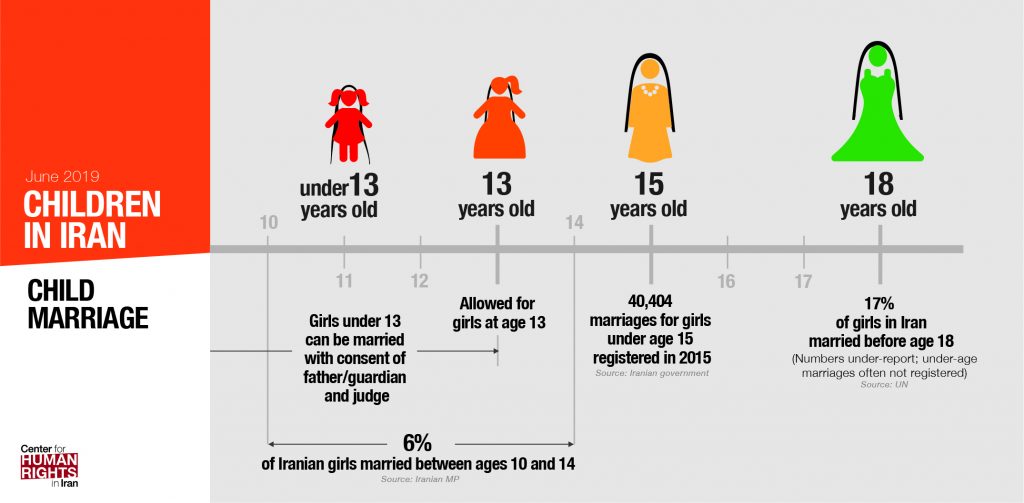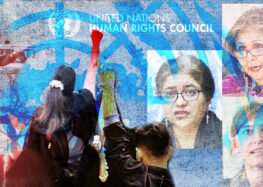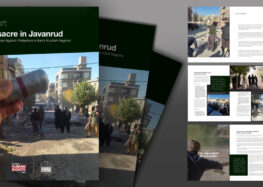Decapitated Child Bride Highlights Iran’s Lack of Protections for Girls and Women
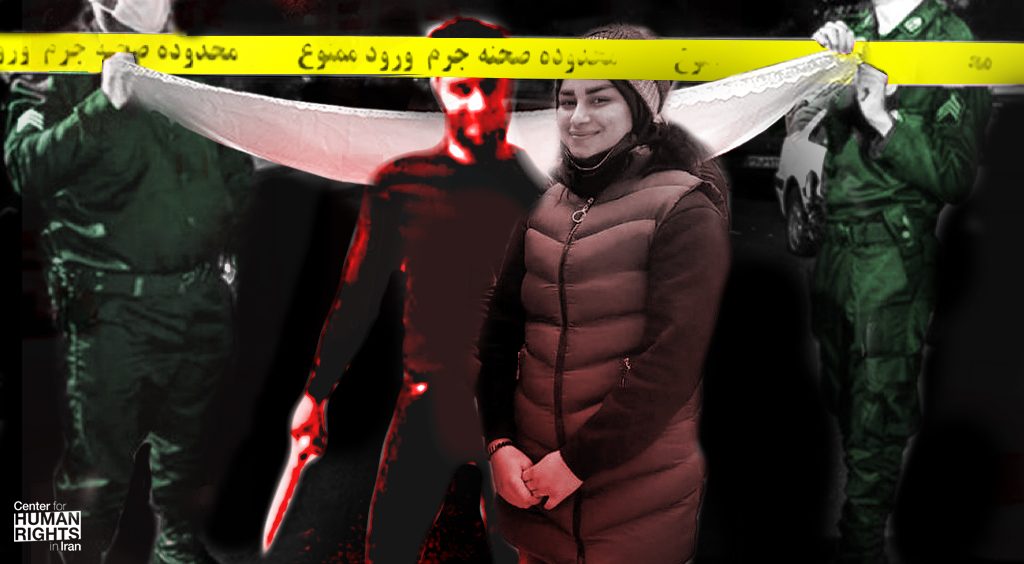 Honor Killings Will Continue as Long as Iran’s Laws Protects Killers
Honor Killings Will Continue as Long as Iran’s Laws Protects Killers
Widespread Practice of Child Marriage Means More Young Girls Will Be Murdered
February 10, 2022 – Mona “Ghazal” Heydari was 17 years old when her husband, Sajjad Heydari, decapitated her and paraded her head on a street in the Iranian city of Ahvaz, Khuzestan Province—at times smiling at a camera.
“Now do you have anything more to say?” he said while carrying the girl’s severed head in his hand by her hair in a video clip that was aired by the state-owned Rokna News Agency before the government banned it from republication.
Sajjad Heydari was arrested, but so far no charges have been announced against him for killing his child bride, and if they are, Iranian law would still work in his favor, allowing him to go unpunished, or at worst serve a mere 10 years in prison.
At the core of this crime are two unaddressed issues in Iran—the lack of protections for violence against women in Iran, and the widespread practice of child marriage. As such, these individual acts of murder are closely tied to government policies.
Iran’s Laws Offer Girls and Women Little Protection from Widespread Domestic Violence
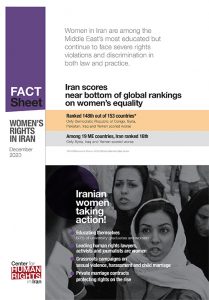 Iranian laws allow men to carry out various forms of violence against women with little if any consequence. For example, Article 302 of Iran’s Islamic Penal Code states that a man can legally kill a person for committing a crime that is punishable by death under Sharia (Islamic) law, such as adultery. A woman in Iran, however, could never walk free after killing her adulterous husband and could actually be executed.
Iranian laws allow men to carry out various forms of violence against women with little if any consequence. For example, Article 302 of Iran’s Islamic Penal Code states that a man can legally kill a person for committing a crime that is punishable by death under Sharia (Islamic) law, such as adultery. A woman in Iran, however, could never walk free after killing her adulterous husband and could actually be executed.
Indeed, there’s no guarantee that Sajjad Heydari will be charged, and Iranian media reports are indicating that Mona Heydari’s father may never seek justice for his daughter. Meager attempts to provide stronger legal protections to girls and women have long remained blocked from becoming law by Parliament.
In addition to lenient punishments for fathers and husbands for violence against girls and women, other aspects of Iranian law compound the problem. For example, a woman can’t leave the marital home without proof that she’s endangered, and if a woman does flee, she forfeits financial maintenance. Orders of protection do not exist, and shelters for abused women are woefully absent in much of country. In general, the police consider violence by family members to be a “family matter.”
Widespread Child Marriage Leaves Many Girls Desperate to Flee, Vulnerable to Honor Killings
Meanwhile, the legal marriage age for girls in Iran is 13. Younger girls can be married off if their father or male guardian receives a judge’s approval. Mona’s father confirmed that court-approval was granted to allow her to get married at age 12.
The latest figures from the Statistical Center of Iran shows that 9,753 girls between the ages of 10 and 14 were married in the spring of 2021, a 32 percent increase compared to the previous spring. The increase has been fueled by low-cost state marriage loans that parents have increasingly sought to benefit from by marrying off their young daughters.
Meanwhile, the U.N. has reported that at least 17 percent of Iranian girls under the age of 18 are married off by their families each year. A common theme in honor killings in Iran has been the victim’s—who are often child brides that have been forced to marry—desperation to flee abusive marriages.
Mona Heydari: From Battered Child Bride to Murdered Wife
Mona Heydari was married off at the age of 12 and became a mother at 14 after having a child by Sajjad Heydari. A source close to her family told the London-based IranWire Persian news site that she had tried to escape him by fleeing to Turkey because she was “suffering from domestic violence.”
“Every time she talked about divorce or complained about her husband’s assaults, they convinced her to continue her marriage for the sake of her child but eventually she dropped everything and ran away,” added the source.
Mona Heydari had returned to Iran with “assurances that she would not be in any danger if she came back,” the source told IranWire. “But a few days after she returned home, Sajjad and his brother tied her hands and feet and cut her head off. Sajjad’s brother rolled her decapitated body in a blanket and threw it away in another neighborhood while Sajjad walked around in the street holding her head in his hand.”
After she was murdered, Sajjad Heydari’s mother told the state-owned Fars News Agency that Sajjad Heydari was “provoked” because his reputation had been damaged by rumors that his wife had committed adultery.
Society Decries Violence and Child Marriages to No Avail
Her killing has renewed debates among Iranians about the Iranian government’s refusal to pass laws that could have better protected Mona Heydari and girls and women like her, as well as the inhumane practice of child marriage in Iran. These issues have long prompted societal outcry, and have once again become loudly debated on social media by Iranians following news of Mona Heydari’s murder, which was first reported on February 5, 2022.
Despite broad societal condemnation of the practice, clerics, conservative lawmakers and other state officials continue to block attempts to raise the minimum marriageable age in Iran, and each year tens of thousands of girls under the age of 15 are married off by their families each year in Iran, according to state statistics. In reality, the numbers are likely much higher as many families in Iran do not register underage marriages.
Meanwhile so-called “honor killings” continue to occur in Iran with at least seven children and women known to be murdered in this manner this year in Iran. They include: Romina Ashrafi (13), Shakiba Bakhtiar (16), Mobina Souri (16), Faezeh Maleki (21), Reyhaneh Ameri (22), and Fatemeh Farhi (19).

